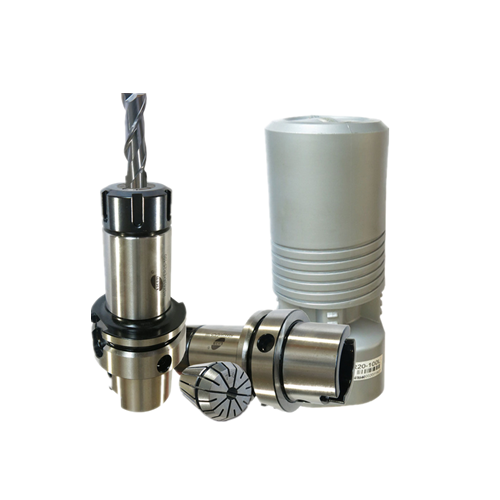Collecting data is the basis for identifying risks and is intended to provide an analysis of risk objects. The data required for engineering risk analysis mainly includes the objectives of the project, including the specific targets, the conditions and methods for achieving the objectives, and the prerequisites and constraints of the project. In addition to this, previous precedents and lessons learned can also be collected.
Risk analysis is the assessment of the uncertainty of possible risk events.
Risk identification is the determination of risk events by the size of the impact on the project.
(II) Risk Analysis and Evaluation 1. Risk Analysis and Assessment Tasks Risk analysis and assessment tasks include: determining the probability of occurrence of a single risk factor; analyzing the extent of the impact of a single risk factor; analyzing the occurrence time of each risk factor; The risk outcome of each risk factor, the probability or loss of the risk.
To study the impact of these risk factors on project objectives, based on the quantitative analysis of single risk factors, consider the comprehensive impact of multiple risk factors on project objectives, assess the level of risk, and propose possible measures as the basis for management decisions.
2. Methods of risk analysis and assessment
Risk analysis and evaluation are often carried out by a combination of qualitative and quantitative methods, which are not mutually exclusive but complement each other. At present, the commonly used methods of project risk analysis and assessment mainly include survey scoring method, probability tree analysis method, Monte Carlo simulation method, plan review technical method and sensitivity analysis method.
(III) Risk response plan and measures 1. The risk response plan determines the risk content that must be dealt with by the project, and should be based on the severity of the risk, the need to respond to the risk, the effectiveness of the measures, the timeliness of the measures, and the conditions for responding to the environment. In other aspects, prepare a risk response plan. The risk response plan of a project should start from the project risk list, list the possibility, scope of influence, response measures, management measures and post responsibility (risk holder) and division of labor, cost investment, etc. of each risk event.
2. Risk response measures Risk response measures should be formulated according to different risk characteristics and consider various possible countermeasures to make choices. The selected response should have implementation (including emergency) steps, time and cost budget, and finally estimate the level of residual risk after implementation, and the retreat after disposal.
Strategies for dealing with risk include risk aversion, transfer, mitigation, risk retention and risk utilization, or a combination.
(IV) Risk monitoring Risk monitoring mainly focuses on the change of risk status in the course of project, the execution status and effect of risk measures, the residual risk after risk response and the new risk content.
Risk control measures include reintegration or change of risk response plans for new discoveries or risks with serious risk severity, and propose new measures for emergency response; timely corrective actions should be taken when the countermeasures are not effective or the risk content changes. And the update of the risk response plan as a result of risk; the risk control measures also include the process of terminating the risk by adopting a project change method.
HSK shank Tool Holder ,balanced G6.3 or G2.5 For choose,With DIN6499 collet chuck can be straight shank cutter clamping various sizes.HSK Tool Holders for mechanical spindle and cutting tool and other accessory tool connection. Is a simple, popular spindle shank connection standard, mainly NT30 NT40 NT50... Etc.. Mold industry, and high-speed engraving machine, used more.At present the main traditional CNC Machine tool accessories standard HSK Tool Holder,HSK ER Spring Collet Chuck, HSK OZ Collet Chuck, HSK C Powerful Collet Chuck, HSK Combine Shell End Mill Arbor, HSK FMA Face Mill Holder,HSK FMB Face Mill Holder, HSK SLA Side Lock End Mill Holder,HSK MTB Morse Taper Sleeve, HSK Drill Chuck Arbor, HSK APU Drill Chuck, HSK MTA Morse Taper Sleeve with high quality, low price.

Hsk Tool Holder,Hsk Er Tool Holder,Miling Hsk Er Tool Holder,Hsk 63 Tool Holder
JINING QINFENG MACHINERY HARDWARE CO.,LTD , https://www.qftoolholder.com